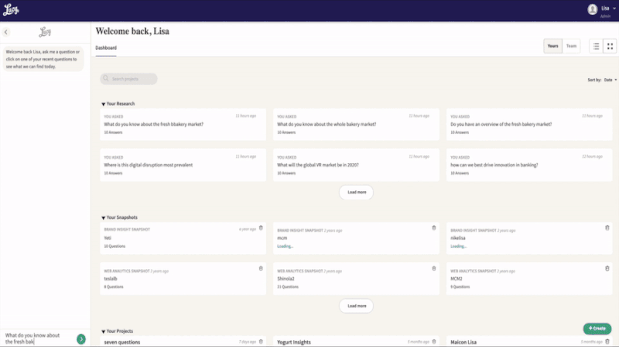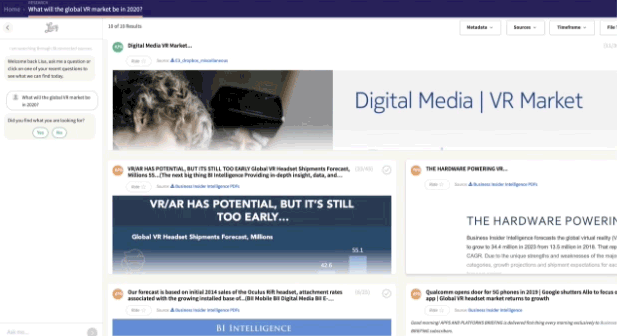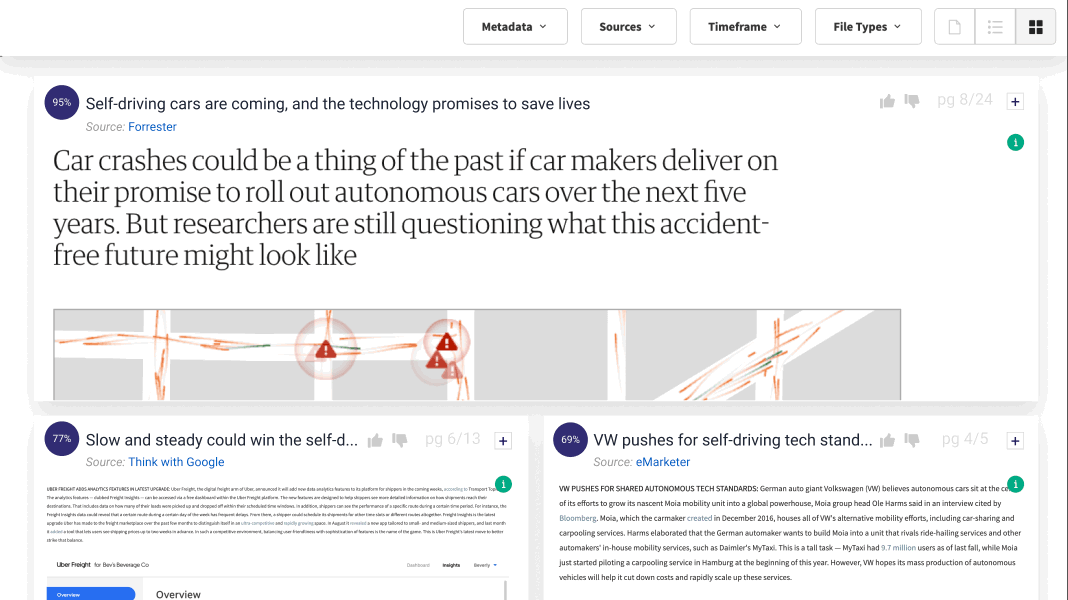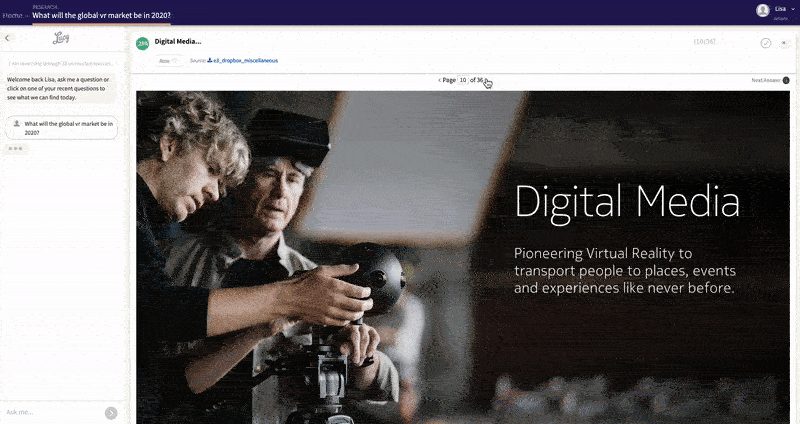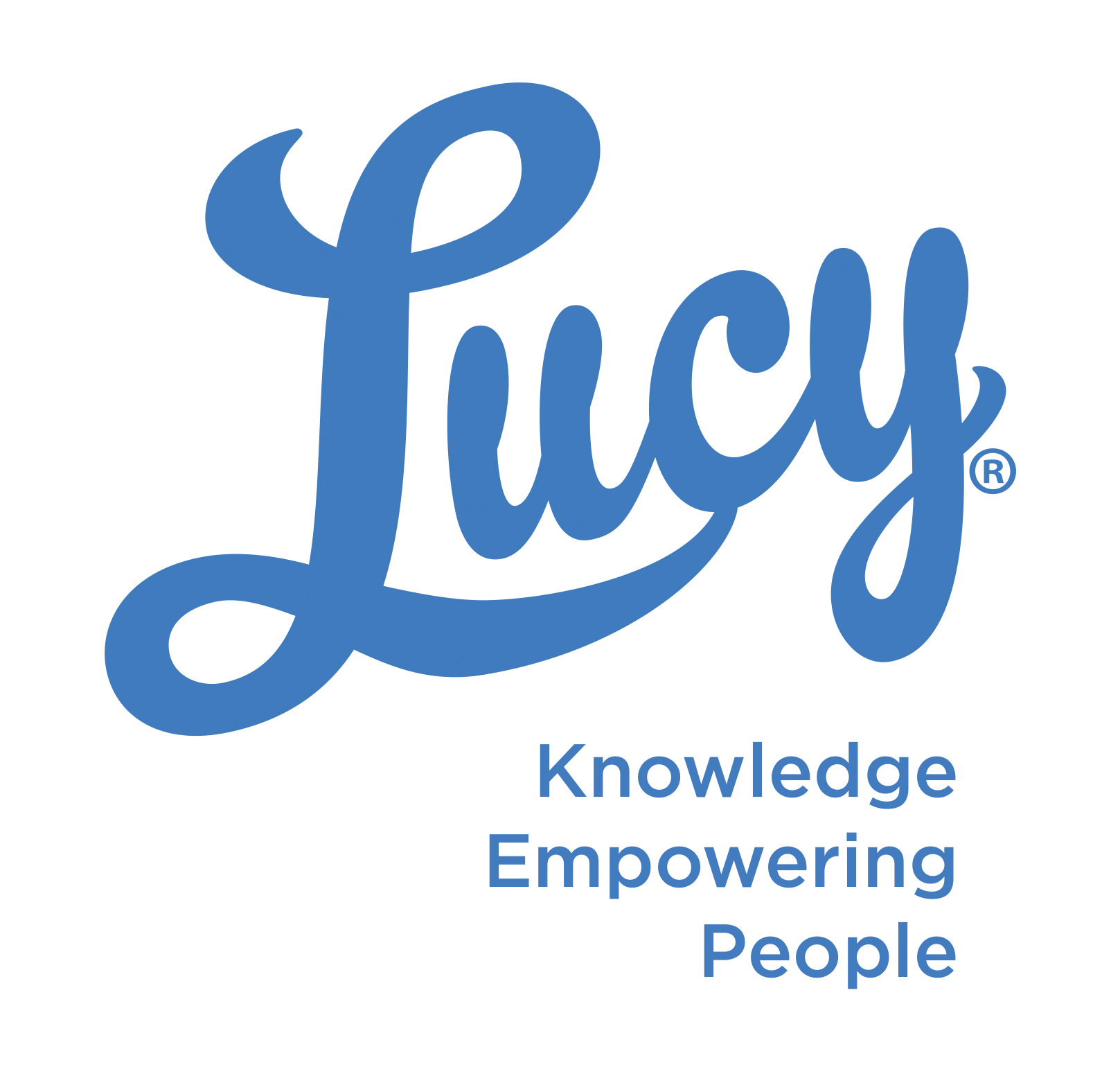The launch of ChatGPT late last year turbocharged that speed of innovation. Generative AI blew up, and every day major tech players like Microsoft, Google and Salesforce released competing announcements of how they were integrating the tech into their platforms.
I have seen so much advancement, demand and promise in generative AI since then, specifically on the interactive chat side, that I have started to measure the pace in hamster years, which is five times faster than dog years.
1. Attention will shift to training generative AI on enterprise data
Most of the tools that are making headlines work exclusively on data in the public domain. Yet there is a whole other world of possibility that opens as generative AI is trained on enterprise data. As Nicola Morini Bianzino, Ernst & Young’s CTO, puts it, this “will change the way we access and consume information inside the enterprise.”
This use case for generative AI is urgent because access to institutional knowledge is vanishing. Enterprise data is growing at an explosive rate, yet Gartner estimates that over 80% of that data is unstructured (i.e. PDFs, videos, slide decks, MP3 files etc.), which makes it difficult for employees to find and use.
Most information that teams create goes to waste because employees do not know what is available, or they simply cannot find what they need. Employees spend 20-30% of their workday tracking down information. When they cannot find what they are looking for, they disrupt the productivity of colleagues by asking questions or being directed to the resource.
Time is money, and as we inch closer to a recession, organizations are seeking new ways to drive efficiencies, lower costs and operate successfully with leaner teams. We will see more companies use generative AI to easily search for data within internal files and systems and empower the workforce.

